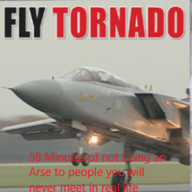A comment on HUMS. Let's say that these heavy and expensive sensors were already installed on a typical recreational aircraft.
Firstly they produce an insane amount of data every hour and this needs to be stored on the aircraft until it is possible to offload.
Secondly, the data needs to be interpreted for "usage". This is the kind of data that Rolls Royce, MTU, SNECMA and others use to create trend information. A baseline for each individual engine is set up over about 10 cycles and then the variations over time are compared. This is called trend information. Vibration is just one measure. Other interesting stuff is %NG vs torque, ITT vs EGT, fluid temperatures and so-on. As an engine and gearbox wears, these numbers and ratios change. Also, every time the pilot (or mine truck driver) does something a bit extreme like using emergency power settings or a bit of a pickled landing that gets logged too.
When a component doesn't make it to book TBO, or it it does but it's stuffed anyway, the manufacturers already have the fingerprints and can look at other examples and the oil if that is involved.
Sometimes they have all this and the main rotor or front wheel still comes off, killing everyone.
Oil rig helicopter crashes off Norway coast, 13 presumed dead
Is instrumenting a light aircraft with a vibration sensor like trying to put an oil temperature gauge on a Briggs and Stratton lawn mower?






